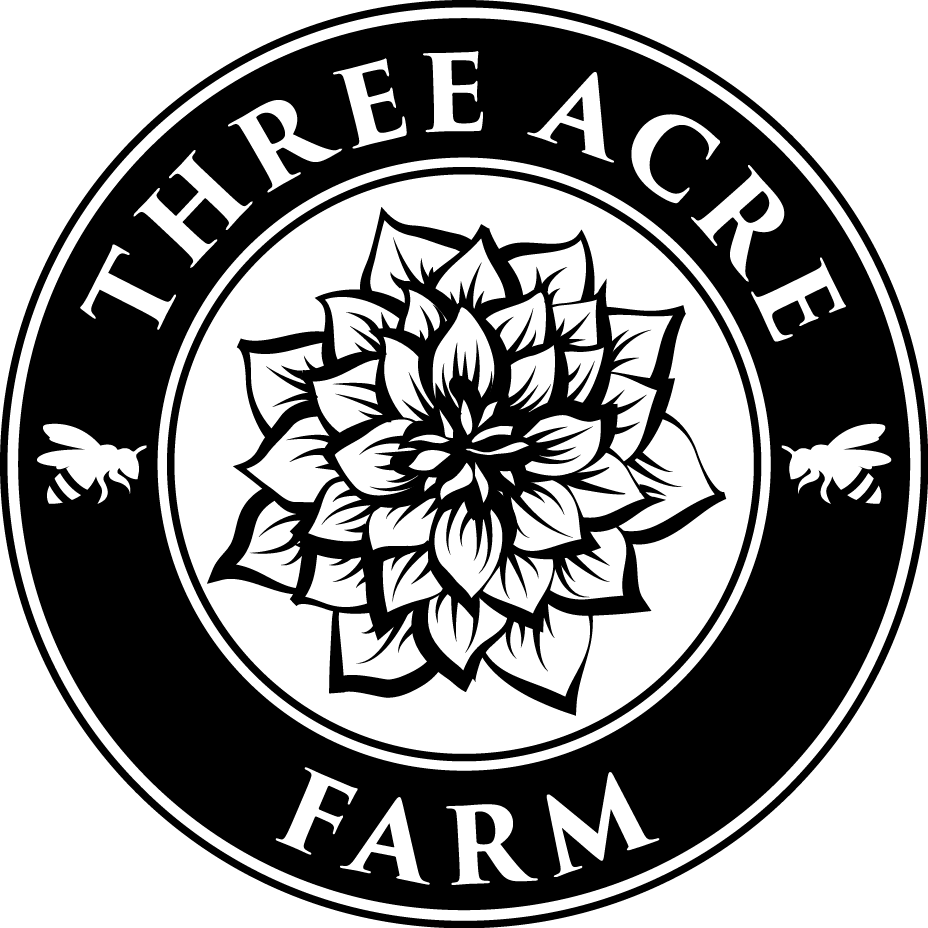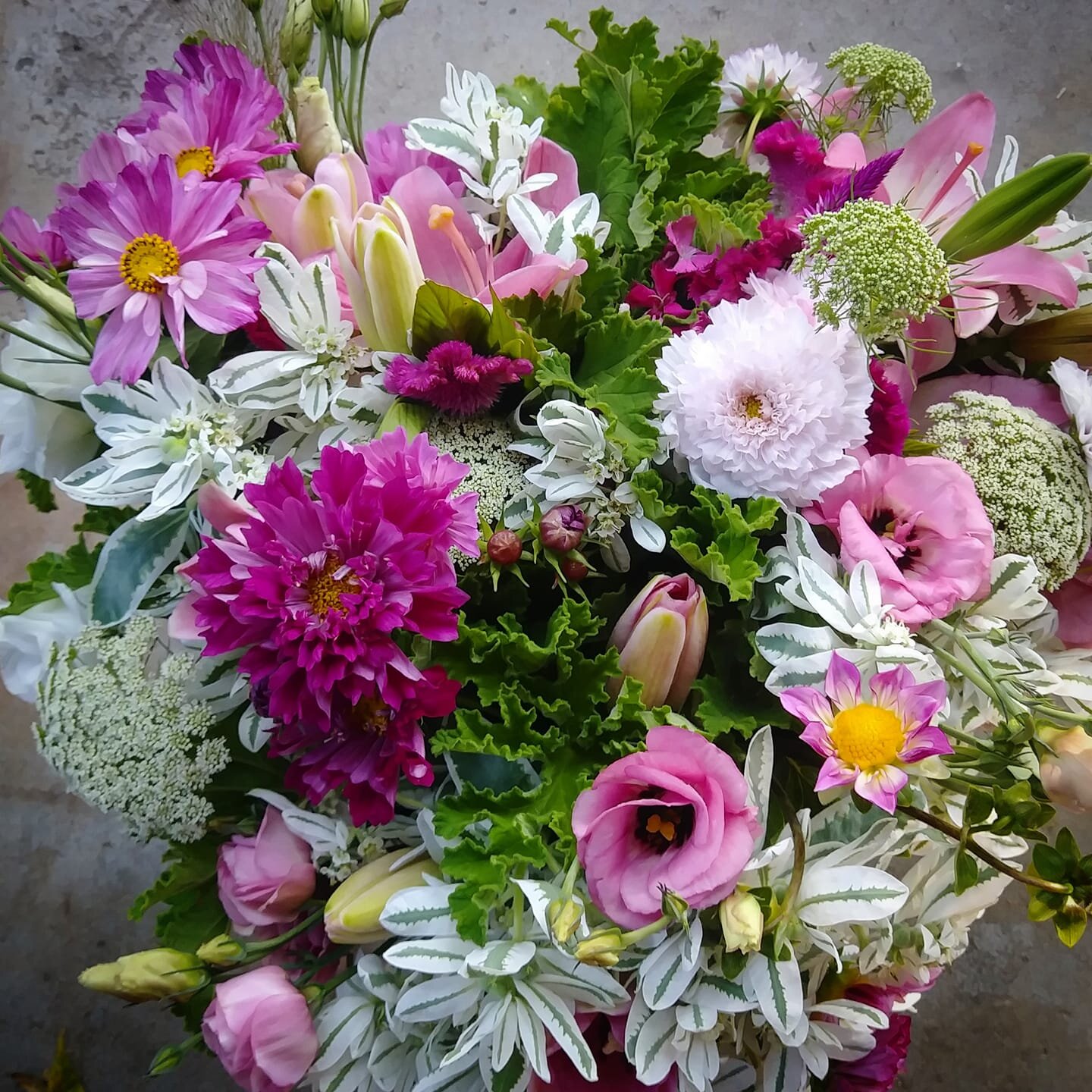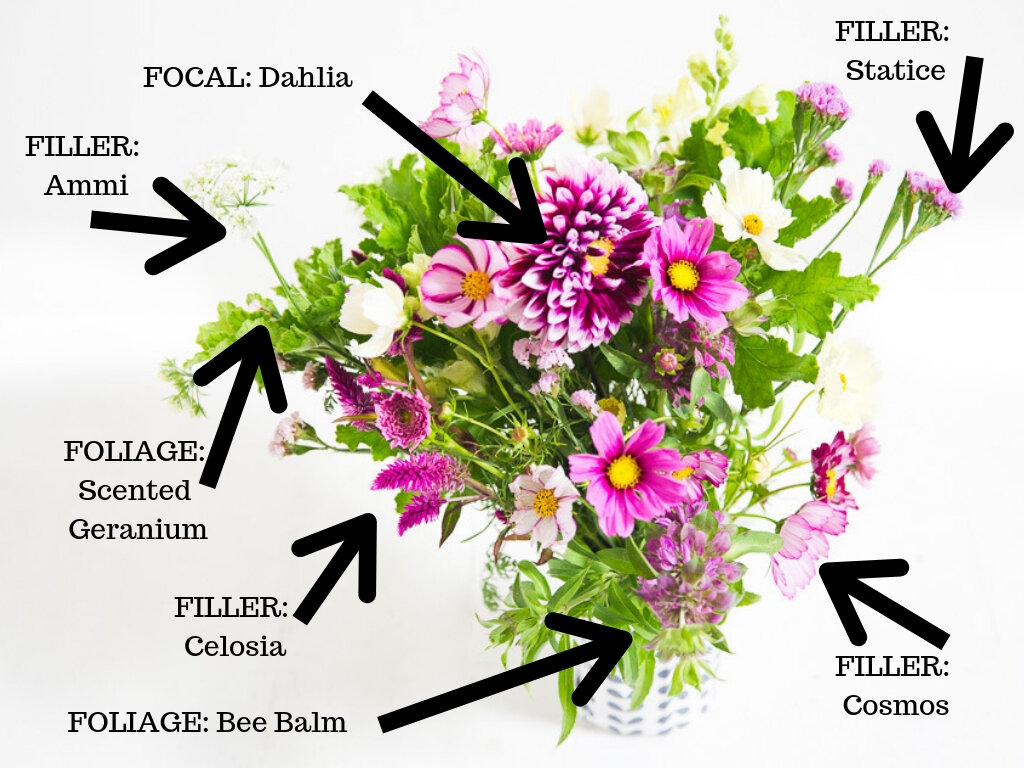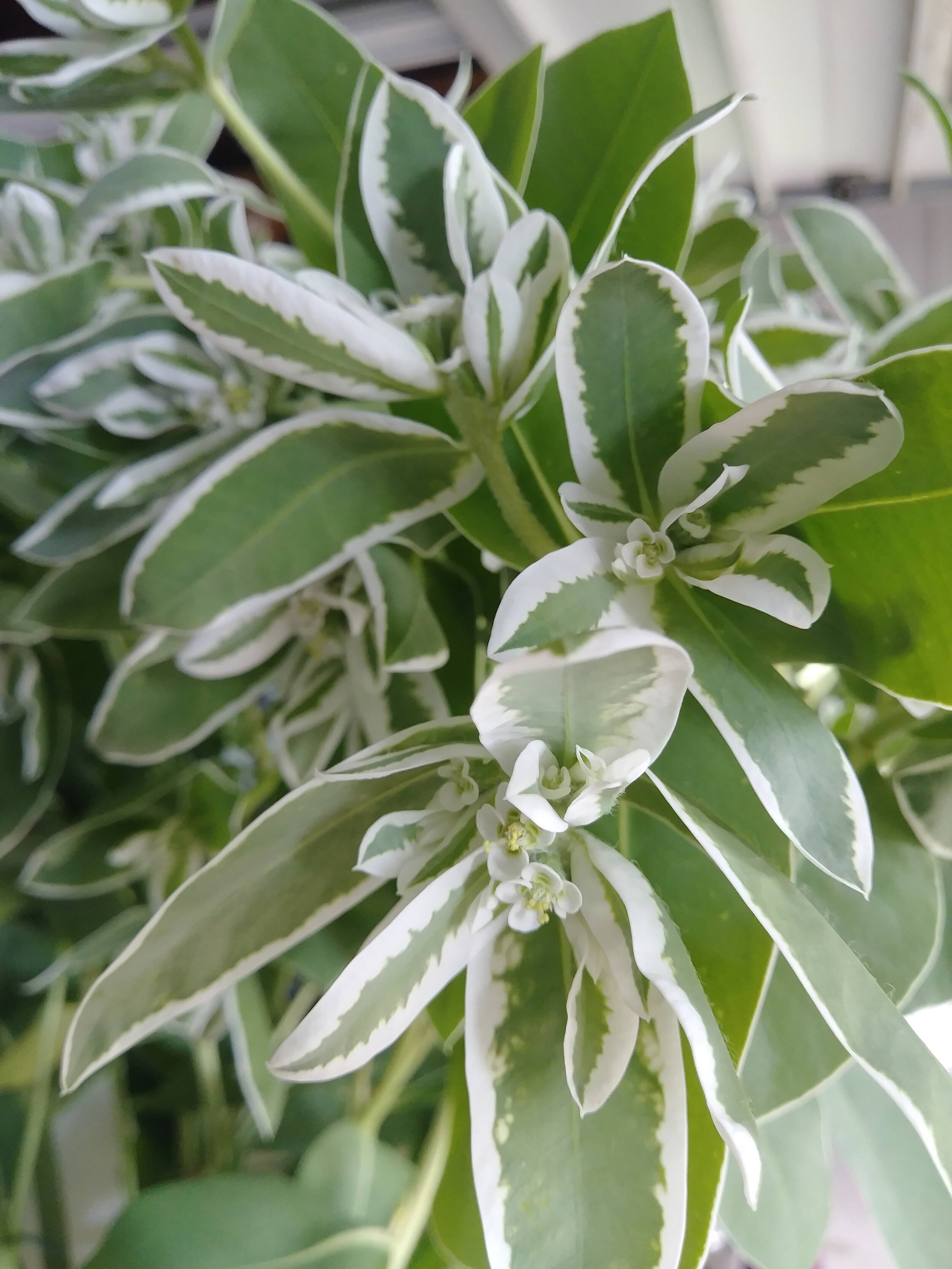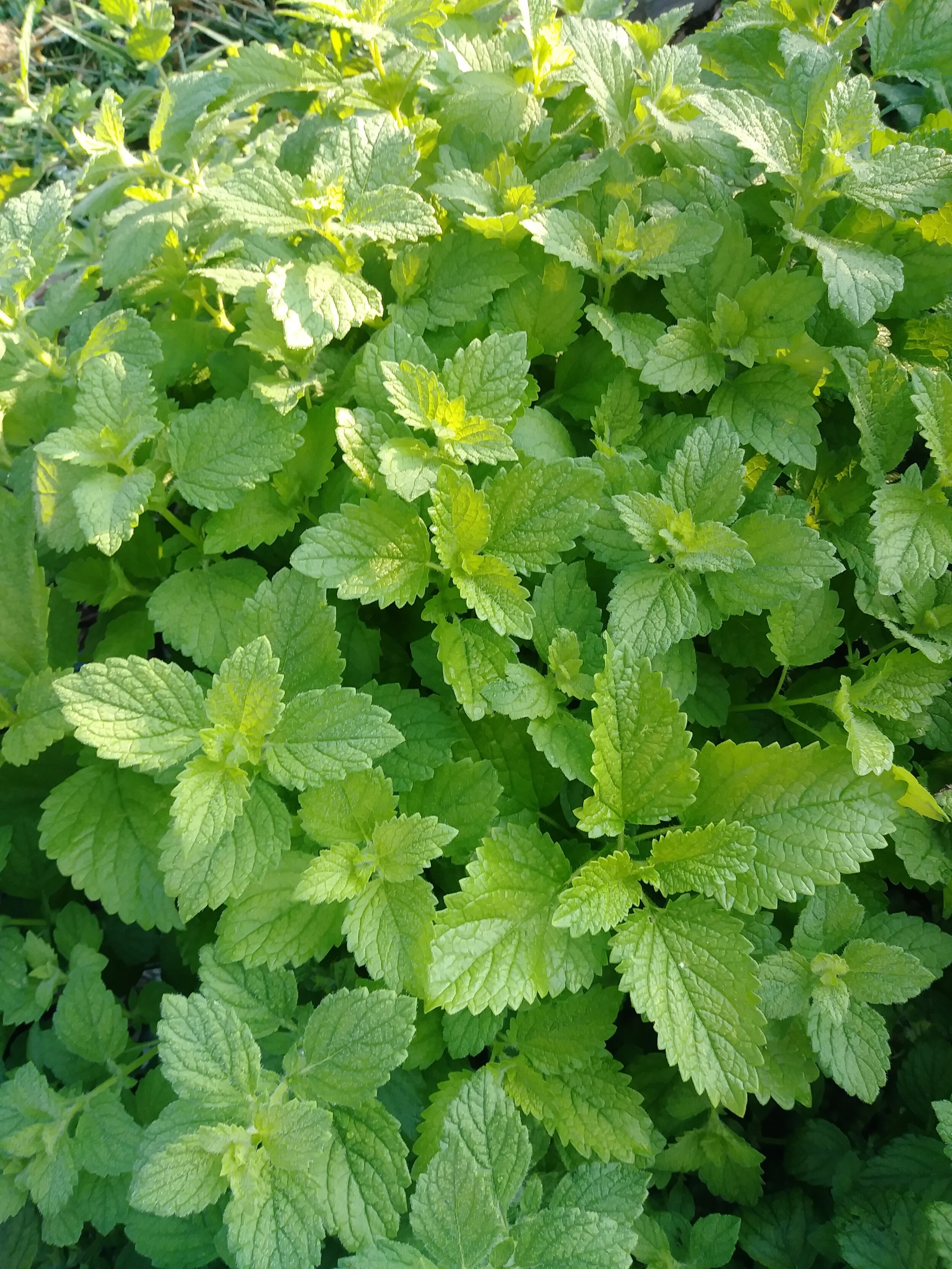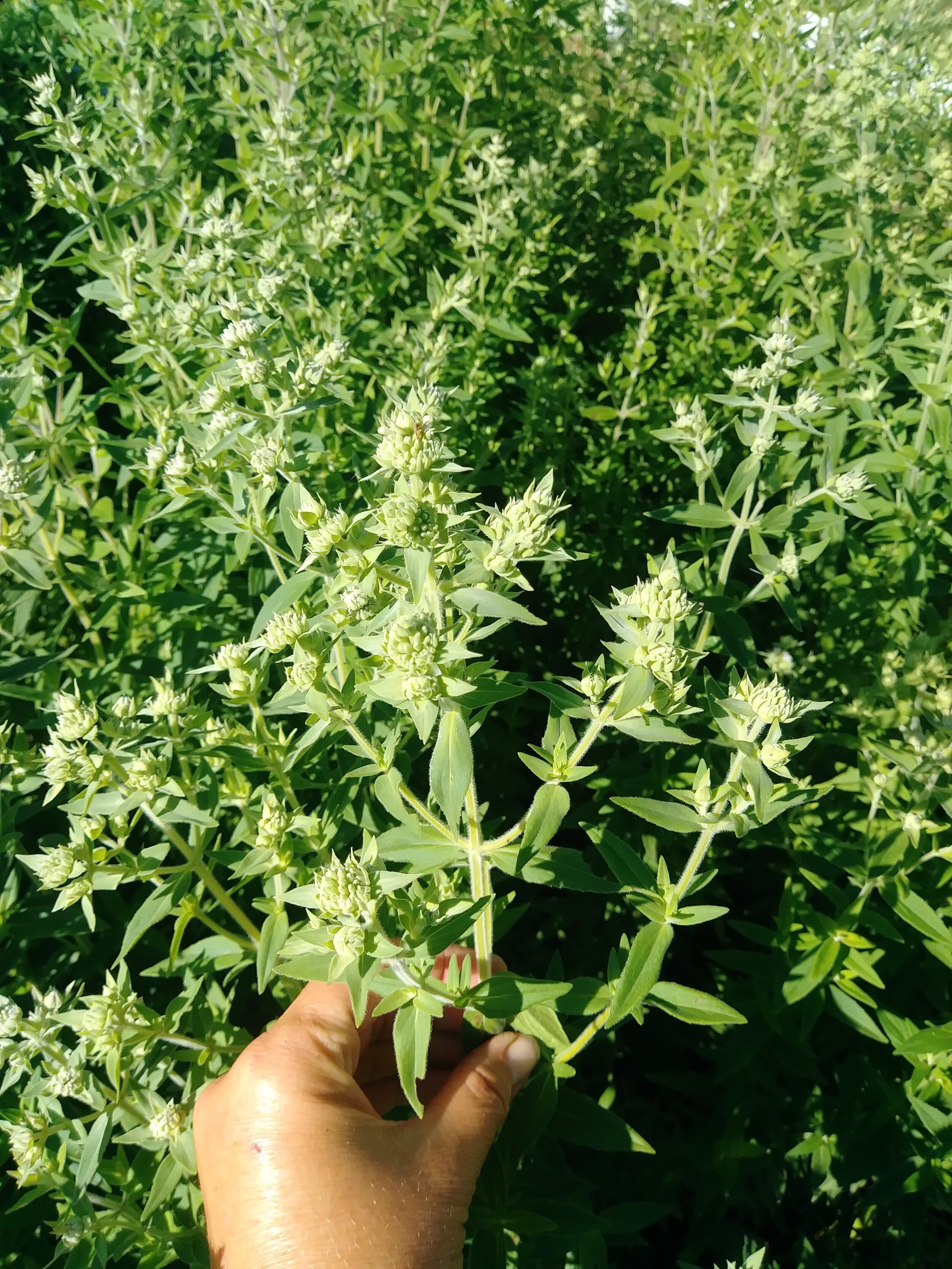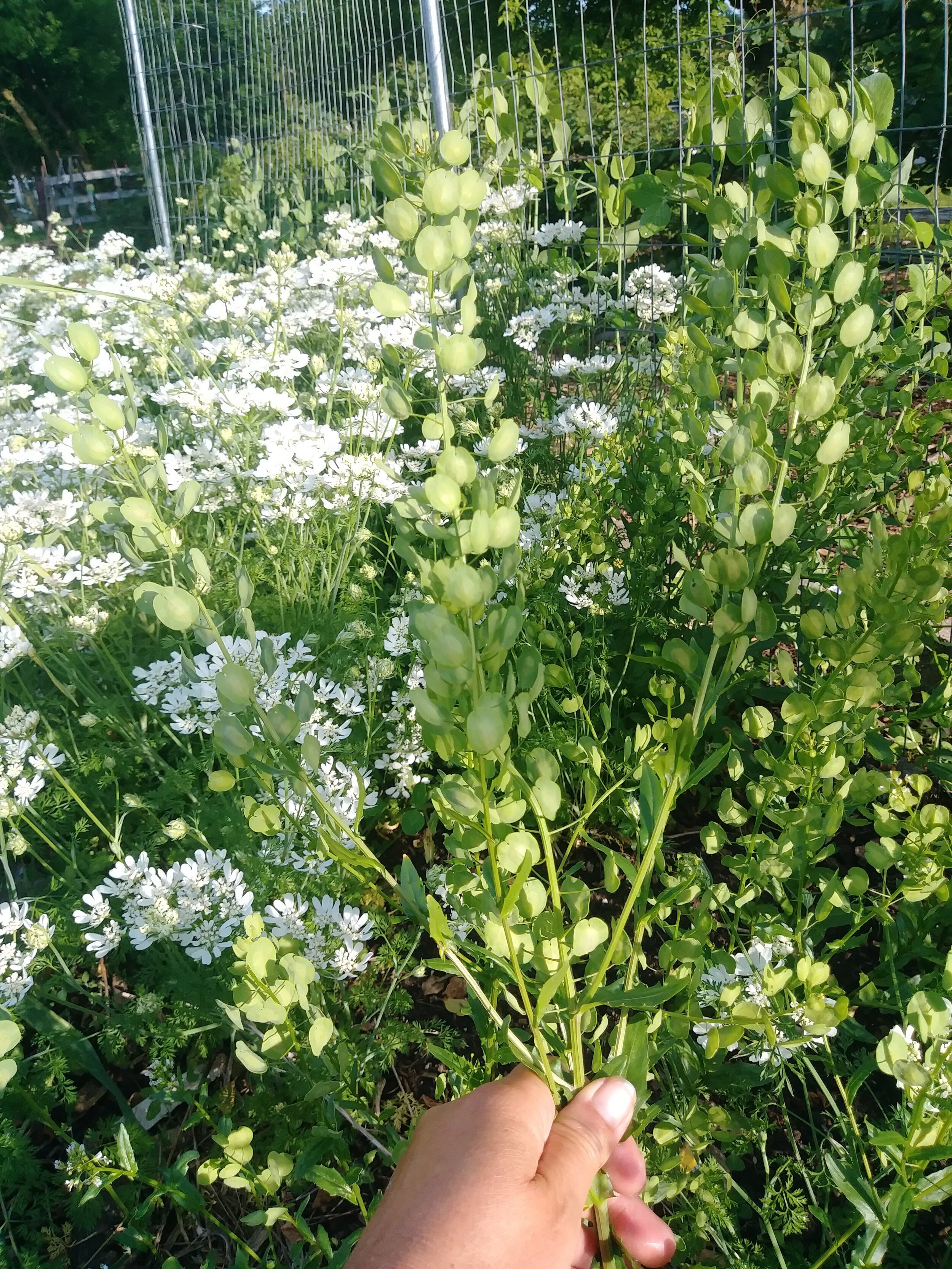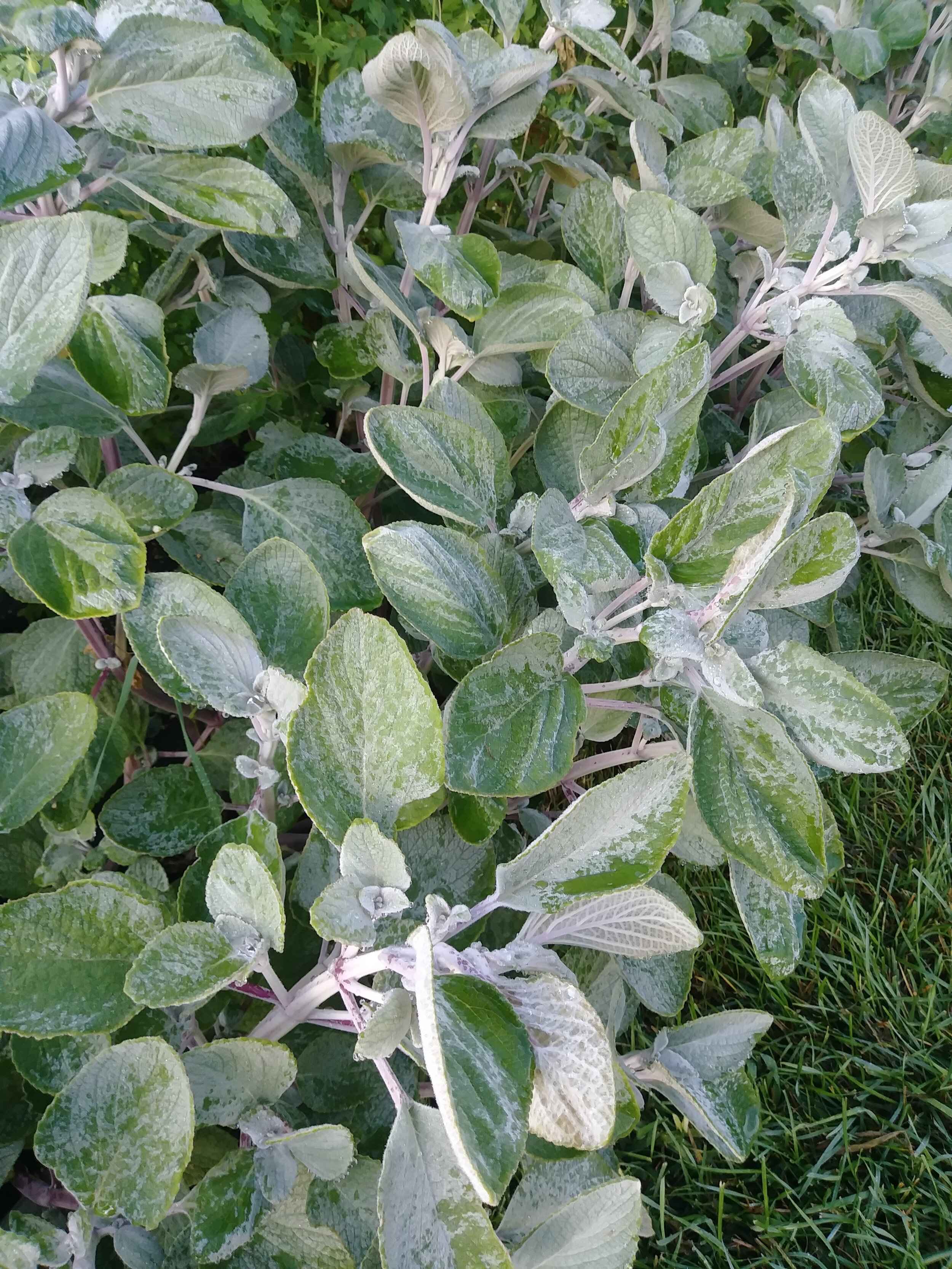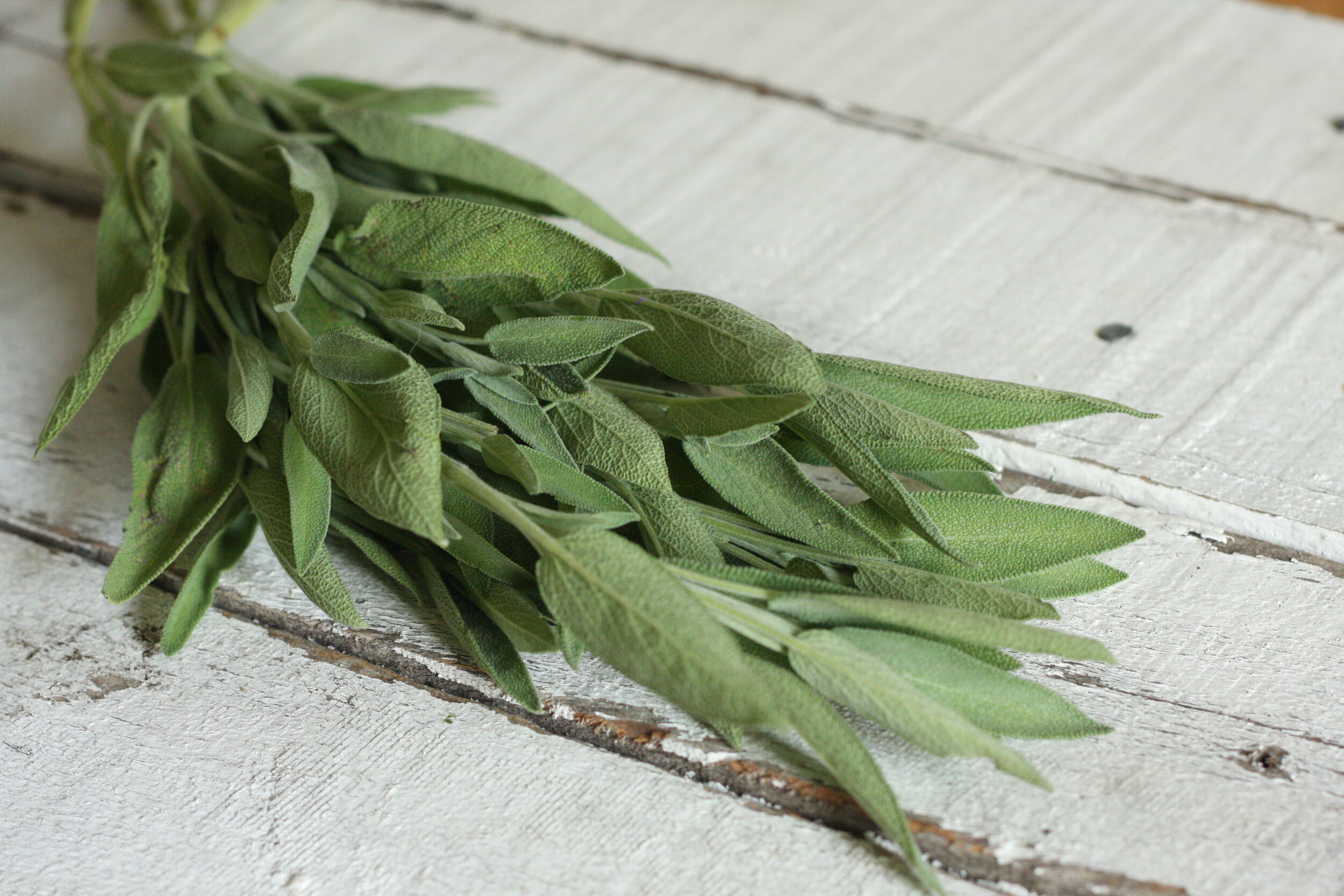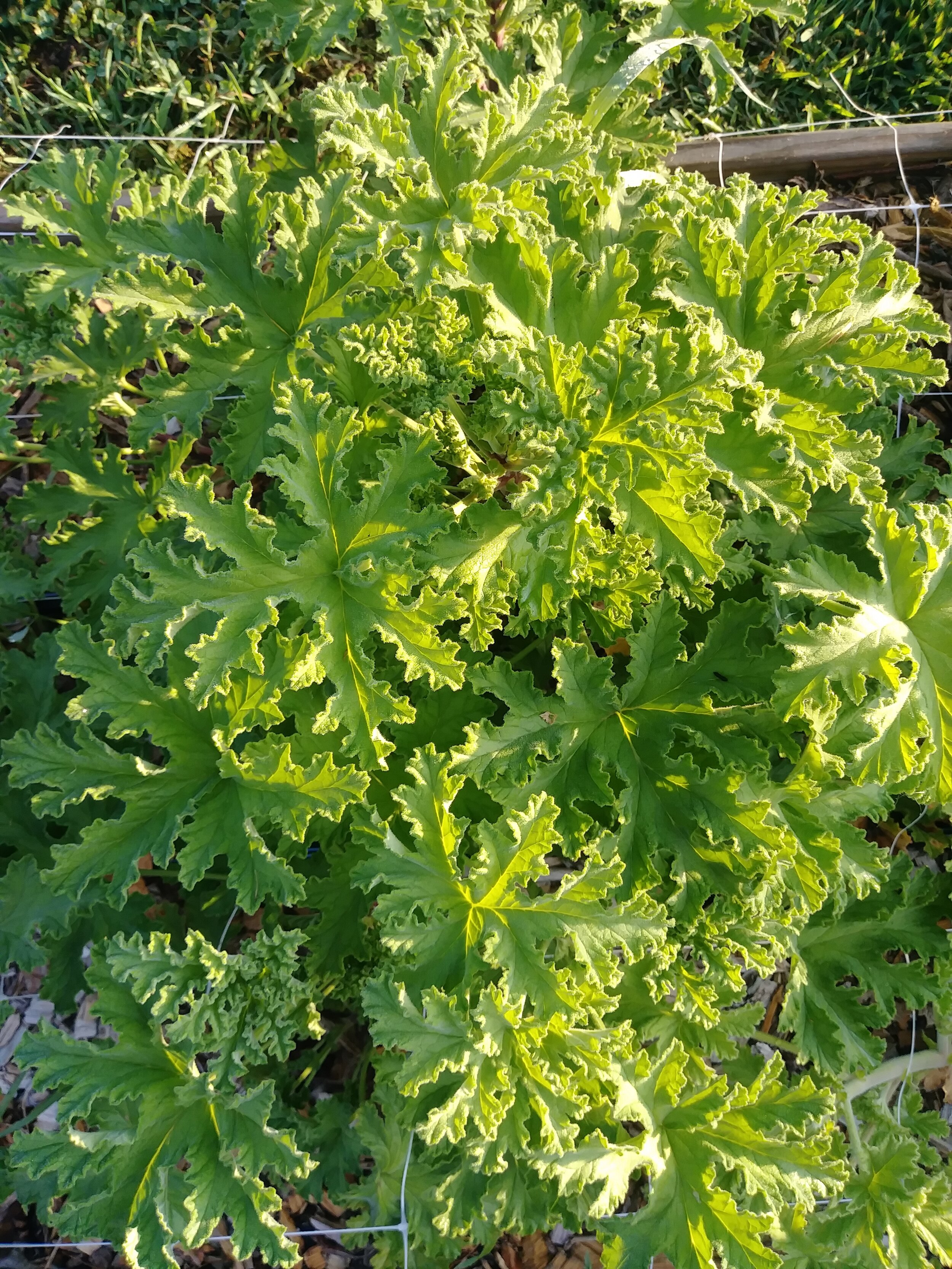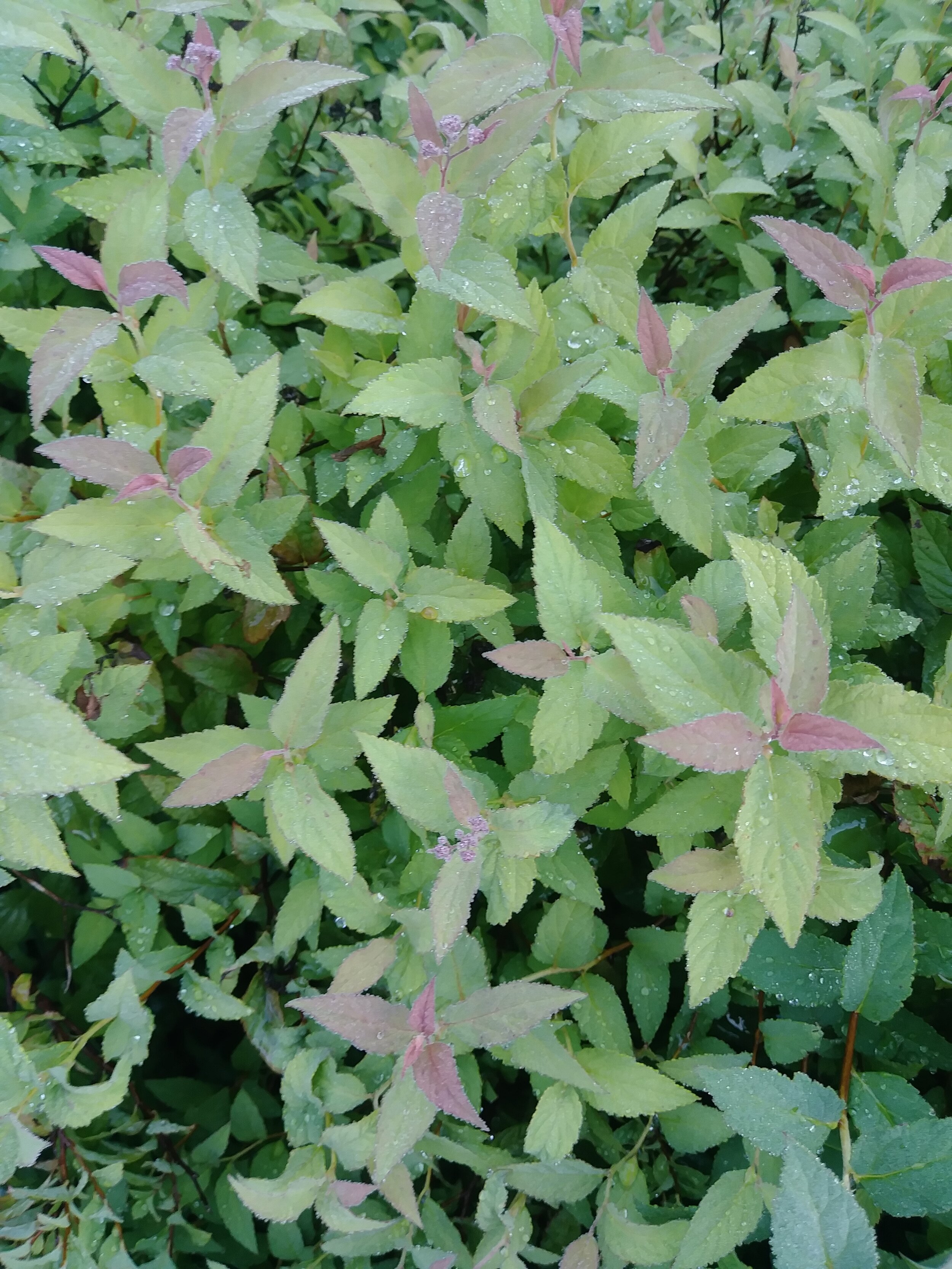Foliage - The Secret to Fabulous Bouquets!
Foliage - The Secret to Fabulous Bouquets!
When I first started growing flowers, like most people, I was completely enamored with all the beautiful blooms. I would go out into my garden and cut loads of flowers in different colors and drop them all in a jar. Voila! Perfect!
But eventually, something didn’t seem quite right. Why did my homemade bouquets look so… well, homemade? I wanted to make them look classier, a bit more polished looking.
That is when I discovered the importance of FOLIAGE.
While out cutting flowers one day, I noticed all the sage growing in my herb garden. I clipped a few stems, added them to the flowers and WOW!!! The sage provided a wonderful backdrop to highlight all the blooms and I began to realize that foliage might even be MORE important than flowers!
At my U-Pick Flower Garden, I often have visitors come up with their flowers and say “Help! I feel like I’m missing something.” I lead them over to my beds of foliage, cut a few stems for them and watch their eyes light up with joy as they see what a difference it makes!
Early on, I was advised that half of my cutting garden should be foliage. That seemed pretty extreme to me and I thought I knew better than the experts.
Silly me. That first season, I was always scrambling for more foliage. Since then, I’ve made it a point to grow WAY more foliage each season. I’ve now reached the point where I get more excited about foliage than I do about the blooms!
I hope when you’ve finished reading this blog post, you’ll feel the same way… or at least have a new appreciation for all that luscious greenery!
Anatomy of a Bouquet/Arrangement
To achieve a full, lush, professional looking arrangement, it’s helpful to pay attention to the 3 main parts:
Focal: The center of attention, usually 1-3 main blooms. The rest of the arrangement is built upon the focal flowers.
Filler: The majority of the arrangement. These smaller flowers/plants compliment the focal flowers.
Foliage: The backbone/foundation of the arrangement. Provides structure, mass and enhances the flowers.
Here’s an example below….
Focal: Dahlia
Filler: Ammi, Celosia, Cosmos, Statice
Foliage: Lemon Bee Balm, Scented Geranium
See how the foliage and filler really compliment the focal flower?
Here is a list of some of the foliage we grow at Three Acre Farm to get you inspired!
Asparagus
Every spring during planting season, I walk past my asparagus bed about 18 million times a day and think “I really need to harvest that asparagus!” And then I don’t. And then the asparagus spears transform into these huge towering ferns… that actually look awesome bouquets! It makes me feel not quite so bad about missing asparagus season… again. ;)
Basil
Basil makes a wonderful, long lasting foliage if cut at the proper stage and time of day. Be sure to cut it after the stems have become “woody” and cut very early in the day or in the late evening (coolest parts of the day). Basil cut in the heat of the day will wilt almost immediately and has a hard time recovering. “Mrs. Burn’s Lemon” is delightfully scented and a lovely lime green. “Amoratto” is a beautiful mixture of dark green/violet.
Bells of Ireland
One of my favorite foliages! Harvest when you see the tiny white flowers inside the “bells” begin to open up.
Blackberry Foliage
If you have blackberry plants, they can do double duty as a fruit and foliage plant. Double points if you grow “thornless” blackberries, like I do ;)
Bupleurum
When this is in season, I start every single bouquet with a stem of Bupleurum. The wiry, sturdy stems are the perfect base for weaving other flowers into. The bright cheery lime green color compliments nearly every color scheme.
Dill
Perhaps Dill belongs in the “filler” category, but I wanted to mention it because it’s so fantastic. Allow the head to shed the little yellow flowers and wait until they form bright green seed pods. They truly sparkle in bouquets!
Euphorbia (“Snow-on-the-Mountain”)
I grew this for the first time this year… and I’m torn. The foliage is STUNNING and everyone swoons over it. But…. I feel like I need to wear a hazmat suit while harvesting it. The stems leak sticky white sap that irritates skin. And can cause major eye irritation. And it gets SUPER wilty if I cut if after the sun is up. Not sure if I’ll grow it again.
Flax
Yes, this is the same plant you get “flax seed” from. The plant sends up little blue flowers, but I wait until those are gone and harvest the seed pods instead. They look so sparkly and playful in bouquets!
Frosted Explosion/Sprinkles Grass
This grass is magical. A few stems here and there, and your bouquet shimmers.
Grapevine
We grow Concord grapes in the garden for eating/juice…. but the foliage is beautiful too! It looks lovely with the fall blooming flowers.
Lemon Balm (Melissa officinalis)
A member of the mint family, this stuff will spread like crazy. The good news is it smells AMAZING and you can dry the leaves to make tea. Not so bad after all! Wait until the stems are “woody” and firm before cutting, and cut only in the cool of the day.
Lemon Bee Balm (Monarda citriodora)
This is a fun looking plant that can double as a flower or foliage. The gray/green/pink color scheme looks great with almost anything. It has a tendency to wilt, so harvest in the cool of the day and wait until the stems are “woody” and firm.
Love-in-a-Puff
This dainty, delicate looking vine is so much fun. The little lantern-like seed pods are adorable, playful and festive. Inside each seed pod are 3 round seeds with hearts on them. No joke! “Love-in-a-Puff” indeed! The tiny white flowers are adored by pollinators.
Mint
Mint spreads like CRAZY, so be forewarned…. But it’s lovely in bouquets… and mojitos ;) “Apple Mint” is a great variety for cut flower use.
Mountain Mint (Pycnanthemum pilosum)
Apparently there are other types of Mountain Mint that flower farmers swear by… but I planted the wrong kind. Ha! Anyway, I’m glad I made the mistake. I adore this Mountain Mint. It smells fantastic, doesn’t spread aggressively like regular mint, and the stems form beautiful flowers later in the season. A winner in my book!
Ninebark
When I first started flower farming, I asked a florist what was her favorite foliage to work with. Without hesitation, she said “Ninebark. Plant as many as you can. They are AMAZING.” She was right. Ninebark is actually a large shrub, so you’ll have to find one at your local plant nursery. Be sure to not cut more than ⅓ of the plant each season. “Autumn Jubilee” is my favorite.
Orach (Atriplex)
This is actually a type of spinach. Instead of harvesting the greens, allow the plant to “bolt” and go to seed. The seed pods look like glitter in bouquets!
Oregano
Oregano looks unassuming until it forms it’s lovely little while flowers later in the season. They look fantastic in bouquets and add a nice herbal scent.
Penny Cress
These “weedy” looking plants form fun, playful looking seed pods that add great textural interest to bouquets. They can also be dried! This is a “once and done” plant - you get one stem per plant.
Persian Cress
The more sophisticated cousin of Penny Cress, Persian Cress looks elegant and sparkly in bouquets. They grow fast and it’s best to plant/sprinkle more seeds every week for a continued harvest.
Plectranthus
I’ve grown Dusty Miller for years now, but can never seem to get it to grow tall enough to use in bouquets. I’m so glad I found “Silver Shield” Plectranthus instead! The stems easily get 18-24” long and they hold up well (over 2 weeks!) if harvested in the cool of the day and when the stems are more mature. The beautiful silver-green color is fantastic!
Sage
Regular old garden sage is a lovely plant to work with. In the spring, they send up beautiful violet blooms. If you cut the plants back after blooming, they will reward you with gorgeous silver-gray foliage. Cut in the cool of the day and when the stems are “woody”.
Scented Geranium
Hands down, Scented Geranium is the MVP on my farm. People are always surprised when I show it to them because it looks so unassuming…. But add just one stem to a bouquet and WOW! That’s exactly what it needed.
Most flowers have no scent and that is a real bummer. So, instead, I always try to add some scented foliage to the bouquet to delight the senses. Scented Geranium plants come in a HUGE variety of scents. My favorites are “Attar of Rose” (rose scented), “Orange Fizz” (orange scented - for real!) and “Sweet Mimosa” (earthy, floral scent).
Scented Geranium is grown via cuttings, not seed, so you’ll need to buy a plant at a nursery.
Shiso/Perilla
This culinary herb widely used in Japanese culture also looks beautiful in the vase! Allow the plants to mature and begin forming flowers/seed heads, otherwise they will wilt. Harvest in the cool of the day.
Spirea
If you have any of these shrubs in your landscaping, they are great for foliage… and even their spring blooming flowers look beautiful!
Sweet Annie (Artemisia)
This herb has a delightful sweet scent. The lacy foliage develops tiny yellow flowers later in the season. Can be dried for herbal wreaths.
